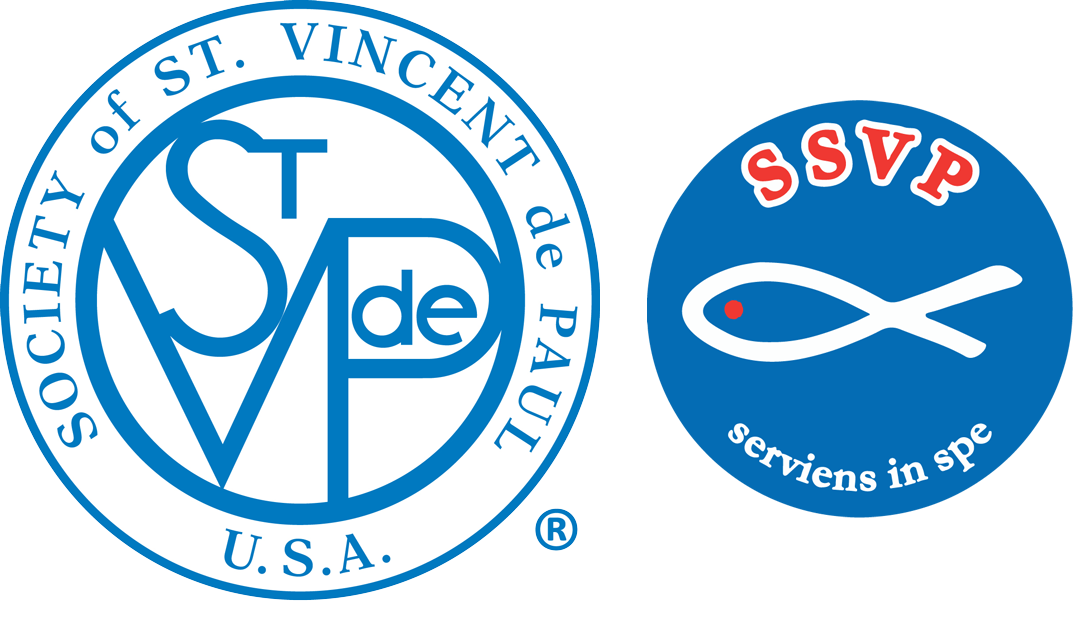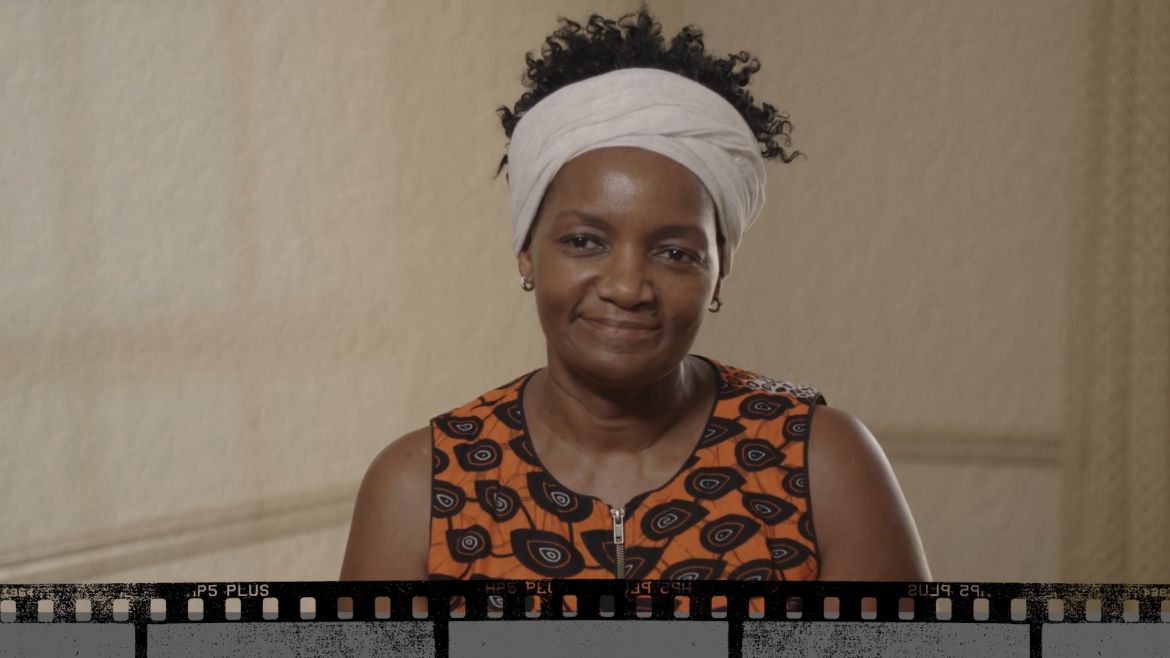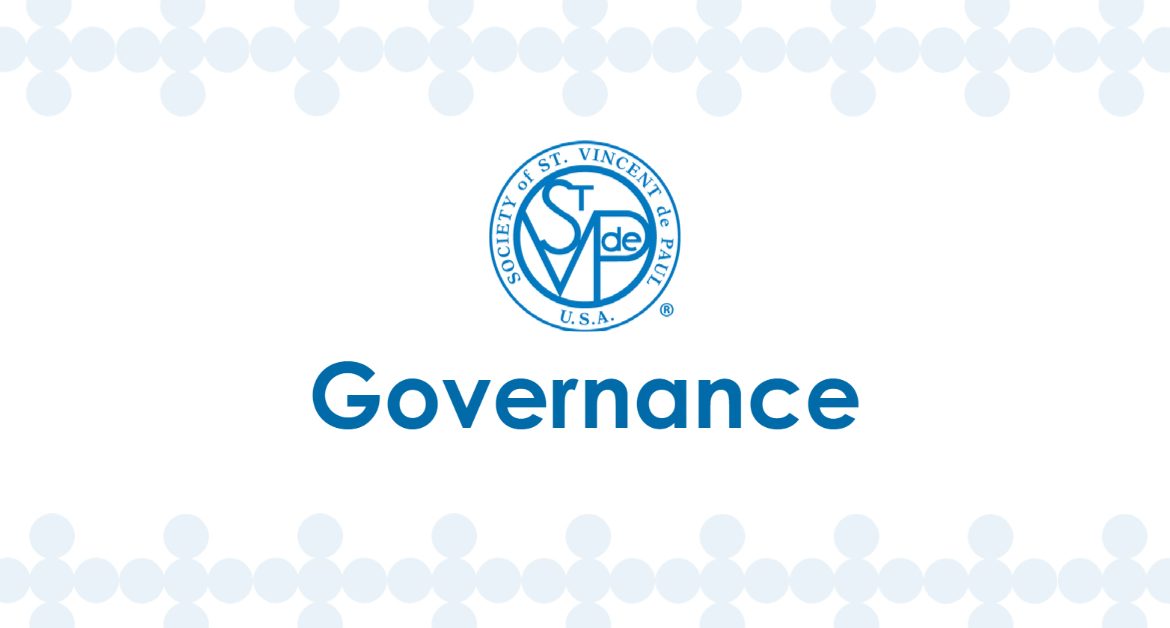Weaving Bonds and Building Community
By Pam Matambanadzo, SVdP Chicago area
We “make no distinctions in those we serve because, in them, Vincentians see the face of Christ.”
We follow in the footsteps set by Blessed Frédéric so many years ago, journeying towards holiness and building on generations before us. Now that we have accepted the baton, we need to pass it on to others so that we can reinforce the strength of the baton. Our challenge is that the world has changed and evolved but our ways have lagged. Our parish communities no longer look like they did 20 or 40 years ago. We hold on to the ways we have been operating even when our efforts are not bearing fruit.
Change is hard. How do we make sure that as we journey together our legacy, like Blessed Frédéric , will inspire diverse Vincentians for generations to come?
Striving for diversity within the Society of St. Vincent de Paul is not just a reflection of societal values, but also a strategic approach to better fulfill our mission. By mirroring the diversity of both Catholic parishioners and the communities they serve, SVdP ensures a more inclusive, culturally competent, and effective response to the challenges of poverty.
Our efforts need to reflect the diversity of both those in the pews, as well as those attending Mass at different time slots to ours. Our awareness should also be inclusive of the broader communities we serve, extending beyond ethnicity and encompassing age and economic diversity. We need to ask ourselves this: Are we “enabling each person to participate actively in the Church’s mission according to his or her own charism and vocation”? Here are four areas that we should contemplate:
Inclusivity and Representation
- Fellow Parishioners: The global Church is a community that spans a rich tapestry of cultural, linguistic, and ethnic backgrounds. Mirroring this diversity ensures that we, as an organization, are inclusive and representative of the broader Catholic community, fostering a sense of belonging among parishioners.
- Communities Served: Those who seek assistance from us come from various backgrounds, reflecting the diversity of the broader society. By embracing diversity within our own ranks, the Society ensures that our members can better relate to and understand the unique needs of those we serve, fostering trust and creating a more empathetic and effective support system.
Cultural Competence
- Understanding Different Perspectives: A diverse membership brings a range of perspectives, experiences, and cultural competencies. This diversity allows us to approach issues with a more nuanced understanding, ensuring that our services are culturally sensitive and relevant to the diverse needs of the communities we serve. Encountering them where they are. When stocking our pantries, are we providing food for the communities we are serving, or are we guided by our own lived experience? Culturally, we each have different comfort foods.
- Communication and Outreach: We have always prided ourselves on our ability to tailor services based on the needs of the person in front of us. Different communities will have unique challenges and require tailored approaches. Having a diverse membership allows us to communicate effectively and engage with a wider audience, breaking down potential cultural and linguistic barriers that might hinder outreach efforts. Have we explored growth potential locally — even if we may need to accommodate other languages?
Young and Economic Diversity
- Attracting a New Generation of Vincentians: Embracing young members ensures the longevity and sustainability of the Society’s mission. By involving younger members, the organization can benefit from fresh perspectives, technological savvy, and a passion for social justice, helping to adapt and evolve its services to meet changing community needs. Are we open to changing our meeting times to accommodate younger members with work and family commitments?
- Economic Diversity: Economic challenges affect individuals and families across various demographics. A diverse member base, including individuals from different economic backgrounds, can bring a more comprehensive understanding of the issues related to poverty and inequality. This can lead to more effective strategies for addressing these challenges at both the individual and systemic levels.
Building a Stronger Community
- Collaboration and Unity: A diverse group of members fosters collaboration and unity within the organization. When individuals from diverse backgrounds work together towards a common goal, it strengthens the sense of community within community and society as a whole.
- Inspiring Others: Seeing a diverse group of members actively engaged in service to the People of God can inspire others to join our chosen vocation. This can lead to a snowball effect, encouraging more people from various backgrounds to participate, broadening the organization’s impact and reach.
The Multicultural Diversity Committee is committed to “End Poverty Through Systemic Change” with a laser focus on removing all barriers associated with discrimination of any kind through education, awareness, and compassion. The committee holds a monthly Zoom call to encourage Vincentians to advocate for justice in their local community. Learn more information at https://members.ssvpusa.org/diversity.



